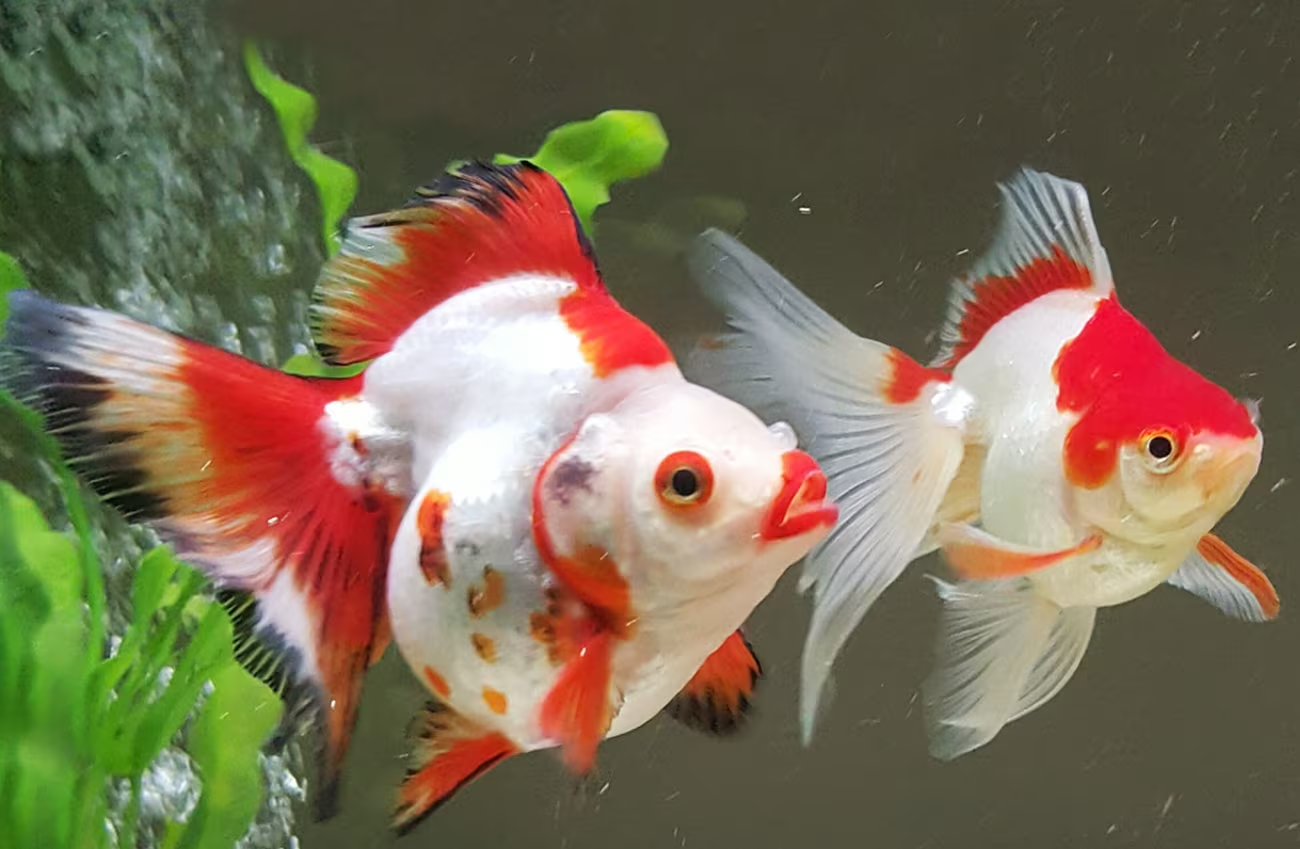What is lab-grown meat?
Lab-grown meat, also called cellular or cultured meat, is produced from a small sample of animal cells. In the case of the new pet treat launched by the UK startup Meatly, the meat is made from chicken egg cells, cultivated in bioreactors, which are large steel tanks. These cells are fed nutrients like amino acids, vitamins, and minerals, and within a few weeks, they transform into a protein mass similar to chicken pâté.
Why is this revolutionary? Cultured meat allows for food production without raising and slaughtering animals, drastically reducing environmental impact. It consumes less water, takes up less space, and generates fewer carbon emissions. In other words, it’s a more sustainable solution for those who want to care for the planet while offering the best for their pets.
How Meatly became a pioneer in the pet food market
Founded in 2022, Meatly became the first company in the world to gain regulatory approval to produce cultured meat for animal feed. The startup recently launched a snack called "Chick Bites", which contains 4% cultured chicken meat and plant-based ingredients. The product is being sold in a limited edition at the Pets at Home chain in the UK for £3.49 (around R$20) per 50g pack.
According to Owen Ensor, founder of Meatly, the idea of focusing on pet food arose from the need to reduce the environmental impact of the feed industry. "About 20% of the meat consumed worldwide is destined for pets. An average Labrador consumes more meat than its own owner," explains Ensor.
Additionally, Meatly has made significant strides to make the process more accessible. Initially, the cost to produce one kilogram of cultured chicken meat reached £30 (around R$210). With improvements in the process, especially in cell feeding, the cost has been drastically reduced, bringing lab-grown meat closer to commercial scale.
The environmental impact of lab-grown meat
One of the biggest advantages of lab-grown and cultured meat is its reduced environmental impact compared to traditional livestock farming. Here are some impressive numbers:
- 50% to 60% less land use
- 30% to 40% less water consumption
- 40% fewer CO₂ emissions
Moreover, since lab-grown meat is free from steroids, hormones, and antibiotics, it offers a healthier alternative for pets. This means the food is nutritionally equivalent to conventional meat but without the risks associated with chemical substances.
Why is lab-grown meat for pets so important?
If you’re a pet owner, you’ve probably worried about the origin of the food you give your pet. After all, our furry friends are part of the family, and we want the best for them. Lab-grown meat offers an opportunity to feed our pets more consciously and sustainably without compromising nutritional quality.
Challenges and the future of pet food
Although the innovation is exciting, there are still challenges to overcome before cultured meat becomes widely accessible. Some of the main obstacles include:
- Production cost: Although the company has significantly reduced costs, the process is still expensive compared to traditional meat production.
- Production scale: The company currently uses 50-liter bioreactors but plans to expand to 20,000-liter bioreactors to increase production.
- Consumer acceptance: Many pet owners are still getting familiar with the concept of lab-grown meat. Education and transparency are key to building trust in this type of product.
How did pets react to the lab-grown meat snack?
During testing, dogs showed great enthusiasm for the new treat. "Many of them preferred it over their basic diet," revealed Ensor. Pet owners were also interested, especially upon learning that cultured meat is more sustainable and safe, having undergone rigorous safety tests before being made available on the market.
Although lab-grown meat is not yet approved for human consumption, the technology promises a future where humans and pets can share more ethical and sustainable food.
Tips for pet owners seeking healthy food for their pets
If you’re looking for healthier options for your pet, here are some tips:
- Prioritize natural and sustainably sourced foods: Read labels and choose products that use high-quality ingredients.
- Avoid ultra-processed foods: Just like for humans, excessive consumption of processed foods can affect pets' health.
- Always consult a veterinarian: Before changing your pet’s diet, talk to a professional to ensure the animal’s nutritional needs are met.
- Keep an eye on innovations: The pet food industry is evolving rapidly. Stay updated on new developments, like cultured meat, to offer the best to your pet.
The future of pet food has arrived
Lab-grown meat for pets is an innovation that promises to revolutionize how we feed our pets. With environmental, ethical, and nutritional benefits, it represents a promising alternative for a more sustainable future.
If you’re curious or even cautious about the future of pet food, share this article on your social media and help spread the word! After all, together we can build a better world for our pets and the planet. 🐾🌱

















Add comment